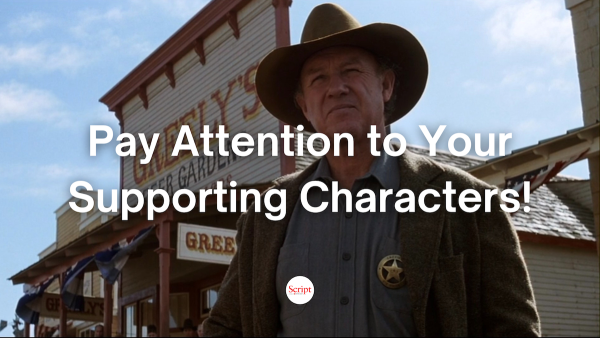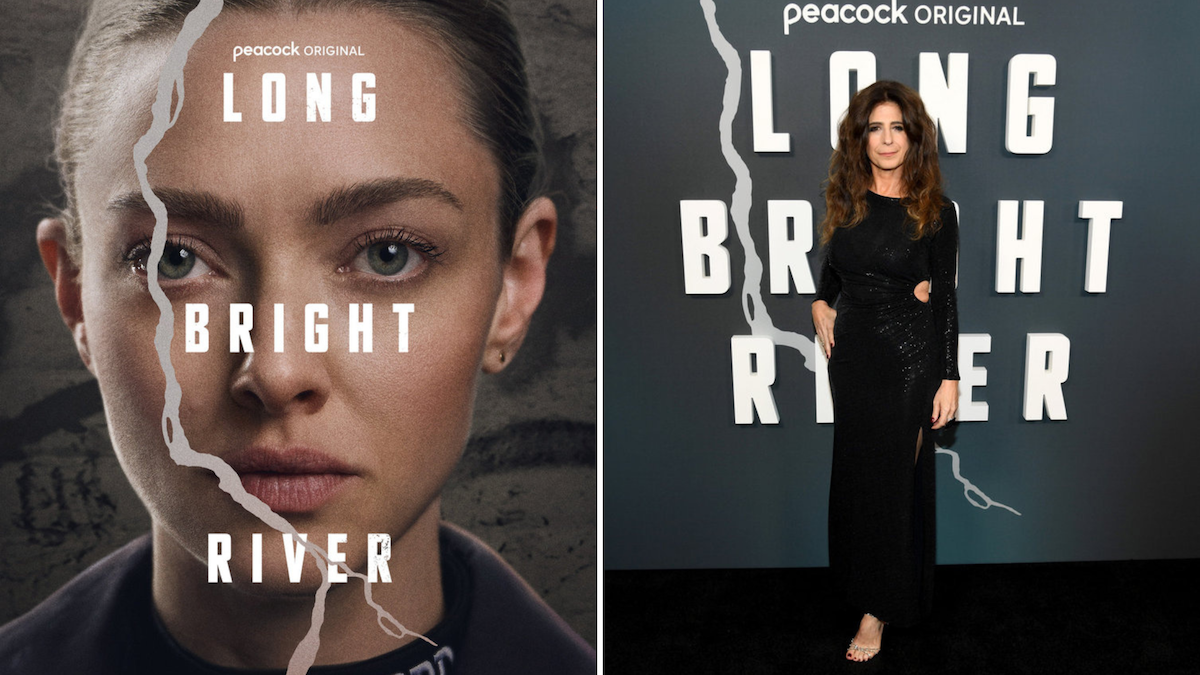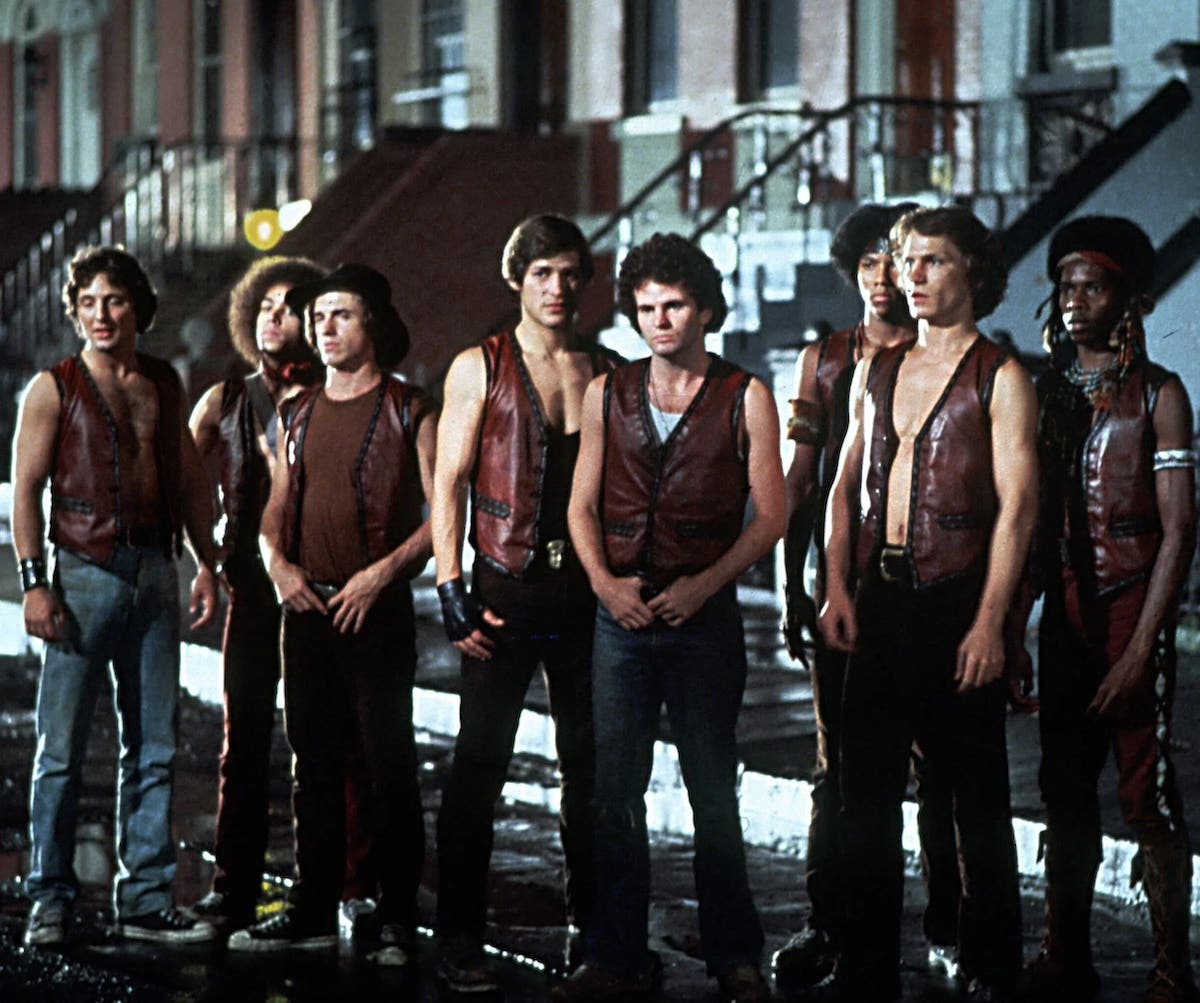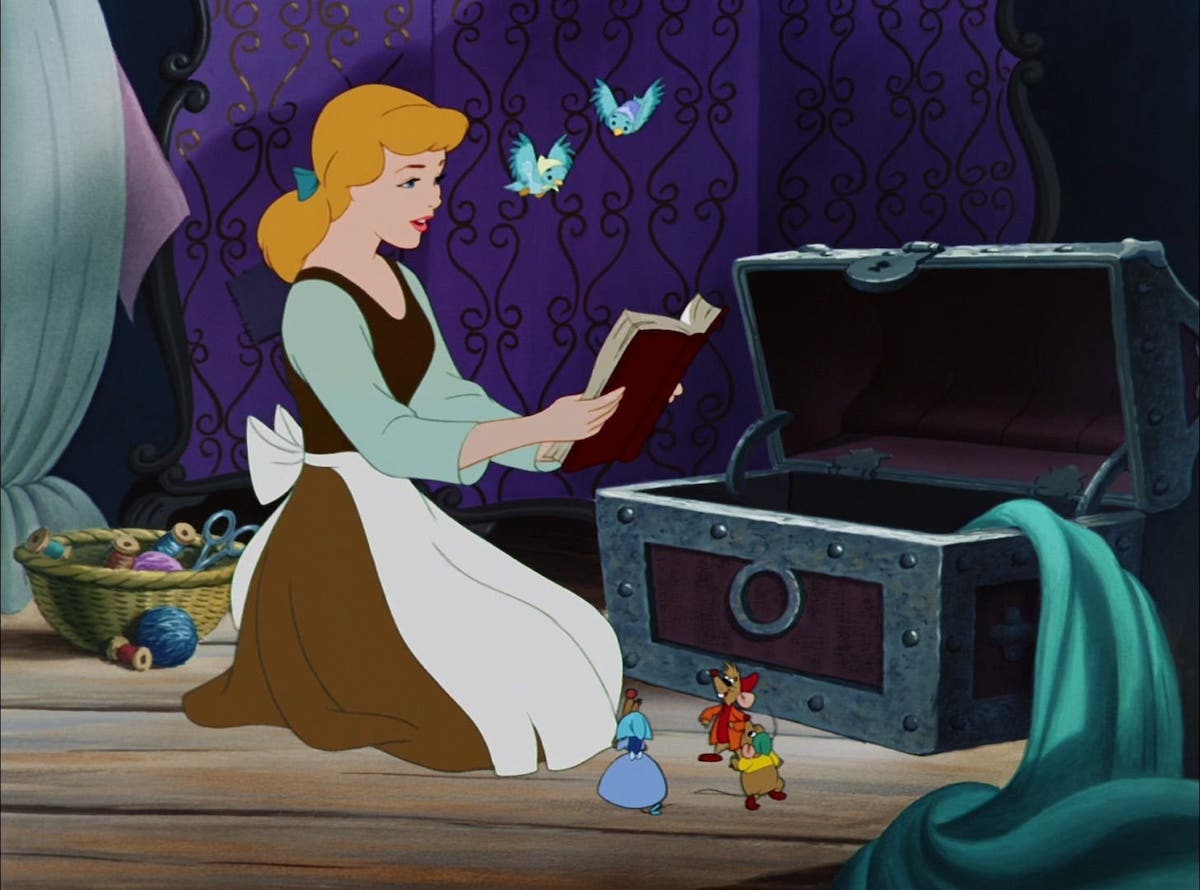SCREENPLAY FORMAT: The Most Common Formatting Mistake
Dave Trottier, aka Dr. Format, gives advice on the most common screenwriting format mistake and on whether you need to use “DAY” and “NIGHT”.
Dave Trottier is a produced screenwriter, award-winning teacher, acclaimed script consultant, author of The Screenwriter's Bible , and friendly host of keepwriting.com. Follow Dave on Twitter: @DRTrottier.
QUESTION
What is the most common screenplay format error that you see?
ANSWER
Oh, that’s easy—scene headings, sometimes called slug lines. As a script consultant, I often find myself, while reading a script, saying “Where am I?” For example:
INT. CHRISTMAS DAY — DAY
“Christmas Day” is not a location. Where am I? Here’s another goof:
EXT. SWAMP — DAY
Larry trudges out of the swamp.
BATHROOM
Larry washes his face at the sink.
How can a bathroom be part of a swamp, and how did we get from an exterior camera placement to an interior camera placement?
Begin a scene with a master scene heading, which names the master (or primary) location; for example, EXT. SMITH HOUSE — DAY. Other locations (such as BEDROOM or HALLWAY) that are part of the master location are called secondary locations; the resulting heading is called a secondary heading. In addition, it’s okay to add a secondary location to a master (primary) location in a master scene heading. I’ll illustrate all of these points below.
First, we’ll begin with the master scene heading that includes a secondary location and then move to other secondary locations.
INT. SMITH HOUSE — LIVING ROOM — DAY
John slams the front door and races down the
HALLWAY
and into his
BEDROOM
where he dives on top of his bed and sobs.
The above is correct, but it could have just as easily been written like this, which is also correct:
EXT. SMITH HOUSE — DAY
LIVING ROOM
John slams the front door and races out.
HALLWAY
He runs past pictures of his family.
BEDROOM
He stumbles in and falls on his bed sobbing.
As you can see, any number of secondary headings can follow as long as the locations are part of the master (primary) location. Once we change the camera placement to an exterior location or to a location that is not part of the master location, we must create a new master scene heading.
If I may, I’ll mention one other common formatting fumble—including description in the scene heading. To wit:
EXT. A WINDY NIGHT WITH A PALE MOON SHINING THROUGH TREES IN THE WOODS
That should actually be written as follows:
EXT. WOODS — NIGHT
A pale moon shines through trees buffeted by a stiff wind. Save the description for the description (action) sections of your script.
****
QUESTION
I heard at a seminar that you no longer have to include DAY or NIGHT at the end of a scene heading. Is that so?
ANSWER
No. The reader really needs to know if it’s night or day. I suspect that the seminar leader was referring to instances where the time is already clearly understood. For example, the following would be perfectly okay:
EXT. HOTEL — DAY
Lilith slithers into the hotel.
INT. HOTEL LOBBY
She glides up to the elevator.
Good luck and keep writing!
Get tips from Dave on mistakes writers make in his on-demand webinar
7 Common Blunders Screenwriters Make (and How to Avoid Them)
For more, be sure you get your FREE download of Screenplay Format Tips.
Join the Script newsletter and find excellent resources to improve your screenwriting today!
Dave Trottier (AKA Dr. Format), author of seven books including The Screenwriter's Bible, has sold or optioned ten screenplays (three produced) and helped hundreds of writers sell their work and break into the biz. He is an award-winning teacher, in-demand script consultant, and friendly host of keepwriting.com. Twitter: @DRTrottier





